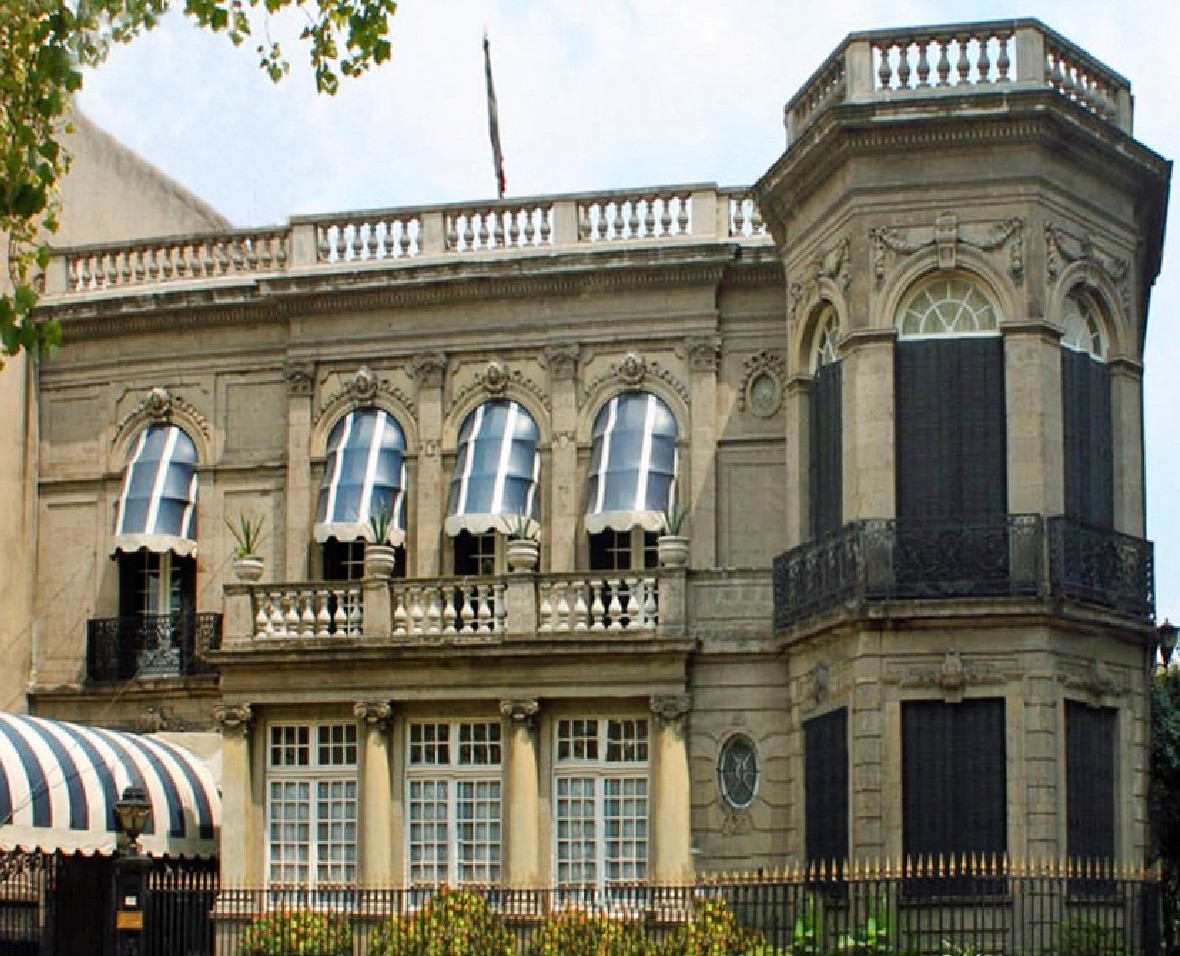
La Casa Gargollo es una de las más célebres del Paseo de la Reforma de principios del siglo XX. La mayoría de los habitantes de Ciudad de México la conocen como el Club Universitario. El club social y gastronómico la adquirió en 1933. El propietario original, José Manuel María Gargollo y Garay, y su esposa, Alicia Rivas-Mercado Castellanos, la cedieron durante las dificultades financieras del comienzo de la Depresión.
Frente al monumento a Cuauhtémoc en Reforma, la casa estaba destinada a ser un escaparate para las antigüedades y el arte coleccionados por Gargollo. En 1901 compró el terreno, en el que ya se había construido otra casa. Un nuevo arquitecto, José Luis Cuevas, terminó la construcción de la propiedad en 1904. Pero la decoración de la propiedad, distinguida en su época, retrasaría su ocupación un año más. Hoy se recuerda a Cuevas sobre todo por haber diseñado los trazos de las calles Hipódromo- Condesa, Lomas de Chapultepec y Polanco. También construyó varios edificios en la calle Fray Pedro de Gante, en el centro de la ciudad. Posteriormente se convirtió en un importante colaborador de Mario Pani.
La casa destaca sobre todo por la torre octogonal de la esquina. Funciona como salón al aire libre en la planta baja y como biblioteca en el piso superior. Los propietarios originales encargaron gran parte de la herrería durante sus frecuentes viajes a Francia. El Club Universitario hizo un trabajo notable para preservar gran parte del diseño original. Su rehabilitación completa del inmueble en 2013-14 tuvo presente el reaprovisionamiento de espacios realizado en la década de 1930. Se añadieron cocinas, baños, escaleras de servicio, comedores y la cantina. También se techó el patio interior. Sin embargo, en general, el Club ha respetado la mayor parte del esplendor original de la casa.
En la actualidad, el Club está construyendo una enorme torre residencial de 55 pisos en la parte trasera de la propiedad. Su inauguración está prevista para 2023, pero todavía está por ver cómo afectará a la Casa Gargollo original.
 https://www.universityclub.com.mx/
https://www.universityclub.com.mx/
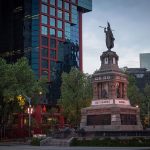
Cercano a 0.06 kms.
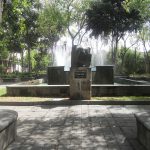
Cercano a 0.14 kms.
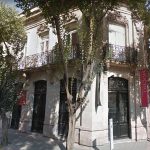
Cercano a 0.19 kms.

The seat of Peru's diplomatic mission to Mexico . . .

Uno de los grandes mercados de Lagunilla en un cavernoso edificio histórico.
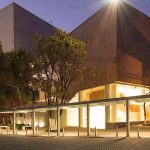
One of the most prominent theatrical stage in all of Mexico . . .

A 1978 work by one of Mexico City's most-acclaimed sculptors . . .
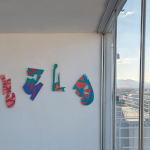
A high-rise gallery of art and architecture on the very eastern edge of Tlatelolco . . .